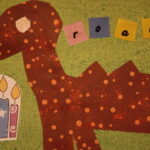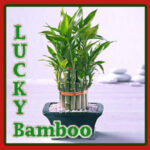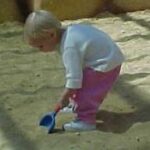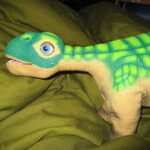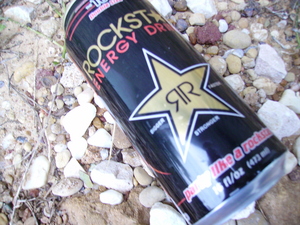Many preschoolers have a love affair with science. They may adore dinosaurs and spend hours pouring over their favorite dinosaur book. They may love bugs and spend whole afternoons looking for bugs under rocks in the backyard. It’s always nice to encourage or spark a budding interest in your preschool aged child, and doing some simple experiments together is a great way to create and maintain the idea that science is fun, not boring. Here are a few simple preschool science experiments to get you started.
- Color celery or flowers – A classic preschool experiment is to dye celery stalks. Simply fill a glass with water and add food coloring. Let the child experiment with how much to add. Next, take a celery stalk with leaves, slice off the bottom ½ inch and stick it in the water. In a couple days you should start to see some color on the leaves, and if you slice the celery stalk in half you can see stripes of color running up the stalk, showing how the celery drank the water. If you want to change the experiment up a bit, pick up a bouquet of white carnations at the store and let your preschooler dye those.
- Make a rainbow in a jar – Fill a large glass jar with water and let it sit so the currents calm down. You may want to set it up a few hours ahead of the experiment so your preschooler doesn’t have to wait too long. Next, add drops of food coloring to the jar from a height of 1-2 inches above the water. Use primary colors (red, yellow, and blue) for the best effect. Now just watch and enjoy the results as the colors spread and blend. You may want to repeat the experiment using smaller individual jars so your preschooler can practice color mixing.
- Make salt dough clay – Kind of a preschool science and art experiment in one.Stir together: 2 cups plain flour, 1 cup salt, 1 cup cold water, and 2 tablespoons cooking oil. Let your child knead it until it forms a soft ball, then mold it into different shapes by hand or with a cookie cutter. If desired, this clay can be baked in a 300 degree oven until hard (maybe an hour or so), then painted after it has cooled
- Sprout seeds in a jar – Another classic experiment pretty much every one used to do in kindergarten. First choose some dried beans such as pinto or lima beans and soak them overnight. Line a large glass jar with paper towels. Place the beans between the glass and paper towels (so you can see them) and pour a little water into the bottom of the jar. Put the jar in a sunny spot and have your child add water to it daily and observe what happens. If your preschooler enjoys this experiment, you could extend it by placing one jar in the dark and one in the sunlight to see what happens. Or try using different types of seeds in the experiment to see which will sprout and which will not.
- Play host to some bugs – Many preschoolers love bugs and an easy way to encourage their interest is to bring some bugs home for a few days as an ongoing science experiment. My daughter kept a container of millipedes on our front porch for a few months last summer. Millipedes are an easy choice for a first pet bug. You can find them curled up under rotting logs or underneath your back porch. Just add them to a container with a couple inches of soil and some rotting leaves. Every few days give them an apple core or other fruit scrap to eat and mist the soil with water to keep it damp. Your millipedes will have baby millipedes (and more baby millipedes) and go on as long as you want them to. For other bugs-as-pets ideas , the Seymour Simon book “Pets in a Jar” is a great resource.



